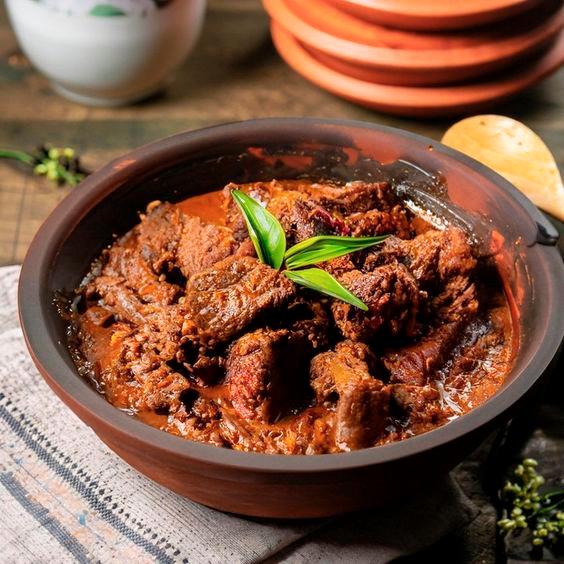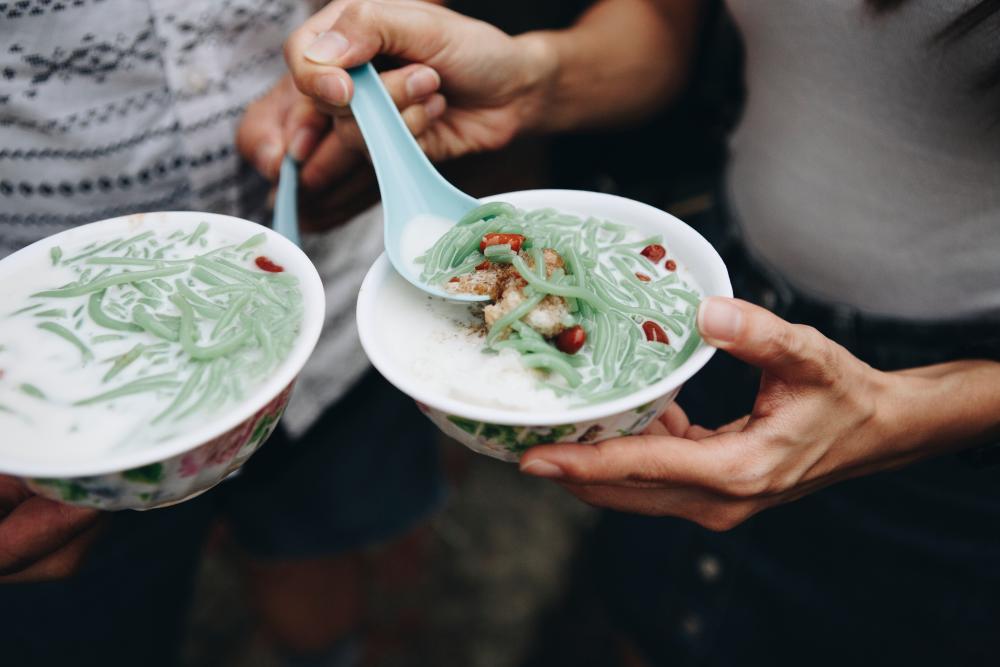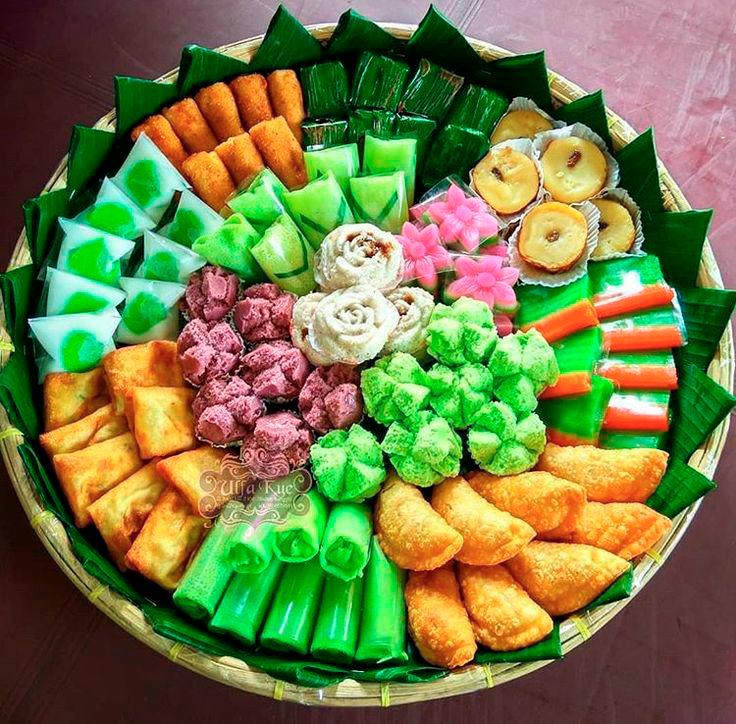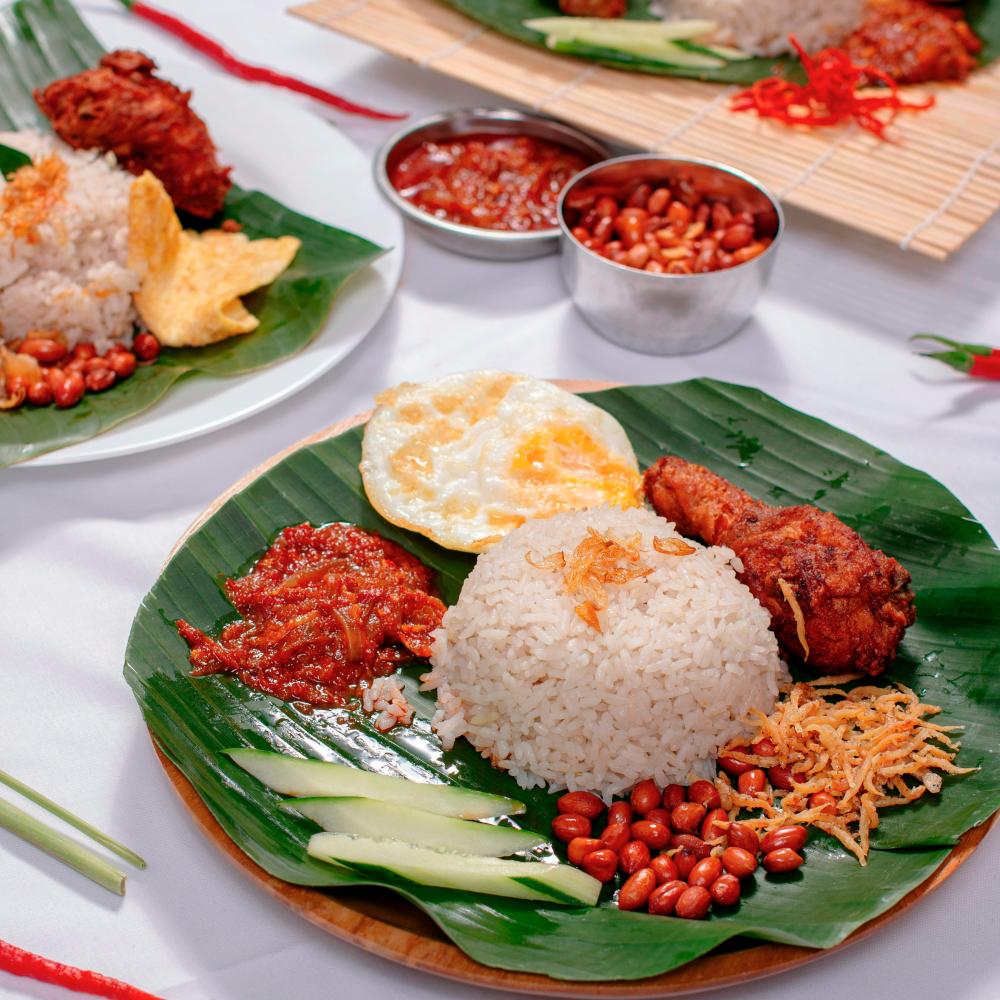THE way Malaysians greet each other with “sudah makan?” (have you eaten?) underlines just how important and deeply ingrained food culture is in each and everyone of us. Many Malaysians are proud foodies and quick to identify the nation’s rich culinary heritage as the best representation of the country’s melting pot of people and flavours. Our nation consists of a unique blend of Malay, Chinese, Indian and indigenous influences, creating a variety of flavours that is distinctly Malaysian. From the streets of Kuala Lumpur to the serene shores of Sabah, Malaysia’s food culture is the glue that binds its citizens.
Here are some dishes that are great representations of 1Malaysia.
Nasi lemak
Nasi lemak is often considered Malaysia’s national dish and diners can be seen enjoying this rice and sambal combo at anytime of the day. The combination of textures and flavours in nasi lemak is a perfect representation of Malaysia’s melting pot as many communities have adopted the dish as their own, adding their unique twist to it.

Satay
Who does not like meat on skewers barbecued over hot coal? Such is the popularity of satay that Singapore and Indonesia have also made strong claims for this ubiquitous street food to be their own creation. Local claims of origin centre around the many satay stalls and restaurants in Kajang, widely acknowledged as the cradle of Malaysian satay culture.

Char kuey teow
This simple fried noodle dish is synonymous with Penang and one of the reasons that the island is considered a foodie’s haven. Tourists visiting Penang will research on the best stalls to seek out an authentic plate of char kuey teow that is rich with smoky wok hei flavours. To underline how deeply ingrained this dish is to Malaysians – it has made the concept of wok hei, flavours from a deeply seasoned wok, common knowledge among people from all walks of life.

Roti canai
Indian in origin, this flatbread from Chennai (hence the name) has become a Malaysian staple. What makes it representative of the country is that it is a dish consumed by every segment of Malaysian society. Roti canai is a dish that every Malaysian enjoys for breakfast, lunch or dinner, especially within the vibrant mamak culture.

Laksa
The many varieties of laksa here is a great representation of Malaysia. The pungent Penang assam laksa with its fish broth reflects strong Chinese roots while the santan-based variations reflect Malay roots. The curry-based soup variation reflects Indian influences. Many states also have their own variation, with laksa Johor being well different from the Sarawak version, which showcases the Malaysian culinary diversity.

Hainanese chicken rice
Simple, satisfying and scrumptous. Another dish brought over by migrating ancestors. As the name suggest, the dish has it roots in Hainan, China but has become a beloved dish in Malaysia. Considered by many Malaysians as the ultimate comfort food, its popularity as a Malaysian staple is highlighted by its ubiquitous presence on the local culinary landscape, with many halal eateries also offering this dish.

Rendang
Meat slow cooked until it is falling off the bone or melt-in-your-mouth tender. Rendang’s place on the list is solidified by the fact it is a must-have during Hari Raya Aidilfitri and Hari Raya Haji. The sight of makeshift stalls being set up to cook lemang in bamboo to go alongside rendang is the sign that the festive season is upon us.

Cendol
Although we live in a tropical country, we do not have a rich tradition in frozen desserts such as ice creams and gelatos. Instead, Malaysians prefer sweet offerings served with a mountain of shaved ice. The fluorescent green pandan jelly tastes just right mixed alongside kidney beans, kernels of corn and a rich creamy base. Its hot potch of ingredients is also a reflection of Malaysia’s multi-cultural make up.

Kuih
Kuih represents the rich heritage of Malaysia’s culinary traditions, with each type offering an experience that reflects the diverse cultural influences in the country. Notably, Peranakan influences have infused our regular tea-time kuih with unique flavours and textures, showcasing the intricate blend of Malay, Chinese and other cultural elements. While contemporary snacks featuring cheese coatings have gained popularity, traditional kuih remains a beloved choice for many Malaysians.
This Merdeka, feast with family and friends to remind us what a truly blessed country we live in – one in which boasts a plethora of delectable dishes to call our own.









